Make your artwork look like they're from an alternate universe. These Cyberpunk presets work with Photoshop (via the Camera Raw filter) and Lightroom. Download all 788 presets for 90% off.
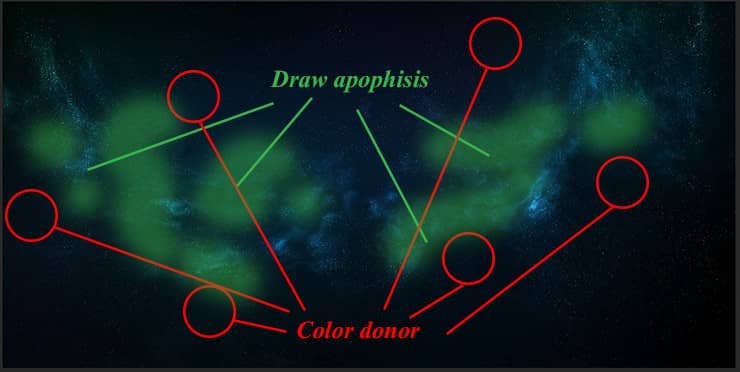
You may to change the shape of your brush in the brush settings (F5). Remember to create a new layer after every one or two strokes, it will allow you to change the Opacity of every stroke. When you determine exactly the final version of apophysis, all layers are created with it can be merge into one (Layer > Merge Layers... or Cmd/Ctrl + E).

That's how I did. Working with Nebula is finished. It is important not to overdo it and change "Opacity" to make apophysis a variety of contrast. If you want to make some elements nebula brighter, use apophysis or soft brushes with bright colors and gently paint over nebula on a new layer. You can also change Blending mode to achieve unusual effects.
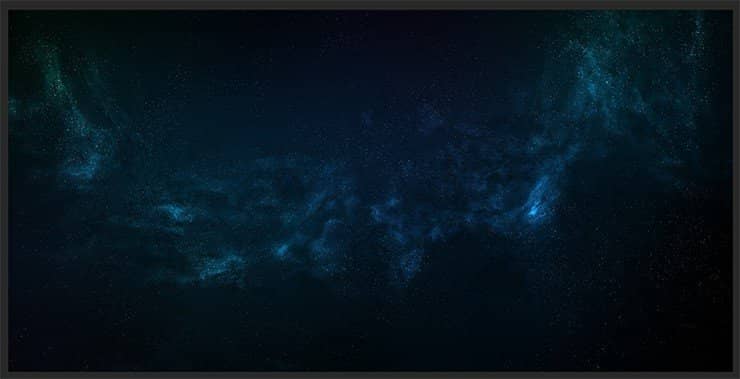
Step 12
Now I need the stars, which are becoming more and a variety of texture. That long to not seek the appropriate brush, I made it myself. Create a new document (File > New or Cmd /Ctrl+ N) A blank document with Width: 600 px, Height: 600px, Resolution 200 Pixels/Inch, Background Contents: White.
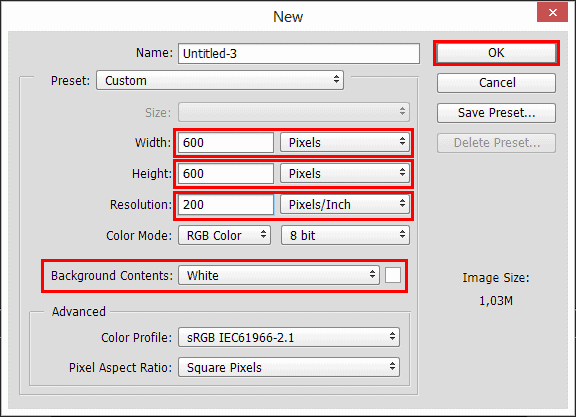
Select Brush Tool (B) (Size: 35px, Opacity: 100%, Hardness: 0%, Foreground color: black (D)). On a new layer draw a point approximately in the center of the document. Use the Free Transform tool (Ctrl/Cmd+ T) and stretch a point in width so that the ends do not touch the edges of the document and slightly reduce the height.

Duplicate (Cmd/Ctrl + J) the layer with beam and turn it clockwise (Edit > Transform > Rotate 90 degrees Clockwise or Right click in transform mode > Rotate 90 Clockwise). Set Size: 200px, Opacity: 50% for brush and in the center of the crosshairs rays put a point.
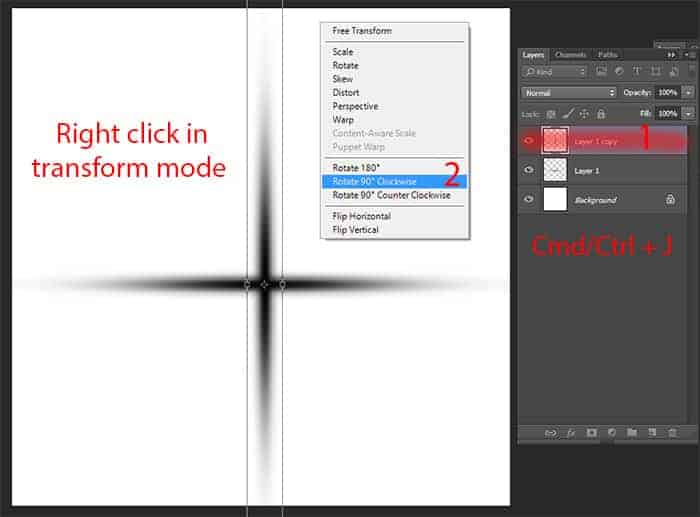
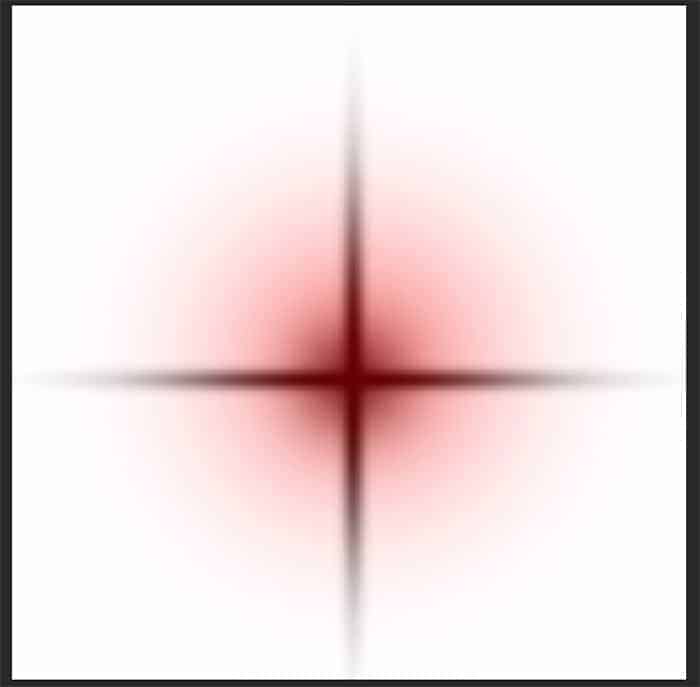
Step 13
Merge all stars layers (Cmd/Ctrl + E) on without background, select resulting star by clicking in layer thumbnail with hold Cmd/Ctrl (Do not worry if the brush is not released completely. When you make Brush Preset, it will be an entire) and go to Edit > Define Brush Preset... Specify desired name of the brush and click Ok.
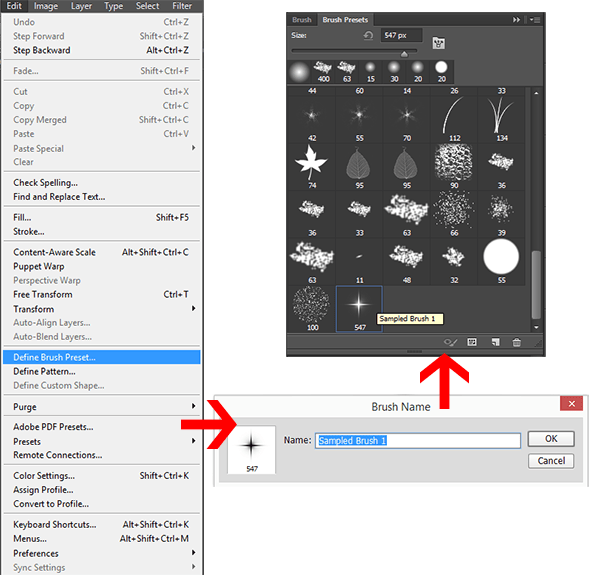
Let's go back to the brush and create another kind of star. Deselect (Cmd/Ctrl + D) star and Duplicate (Cmd/Ctrl + J) it. Use the Free Transform tool (Ctrl/Cmd+ T) to proportionally (hold Shift + Opt/Alt) reduce its size and rotate it on angle 45 degrees. When finished, repeat previous paragraph.
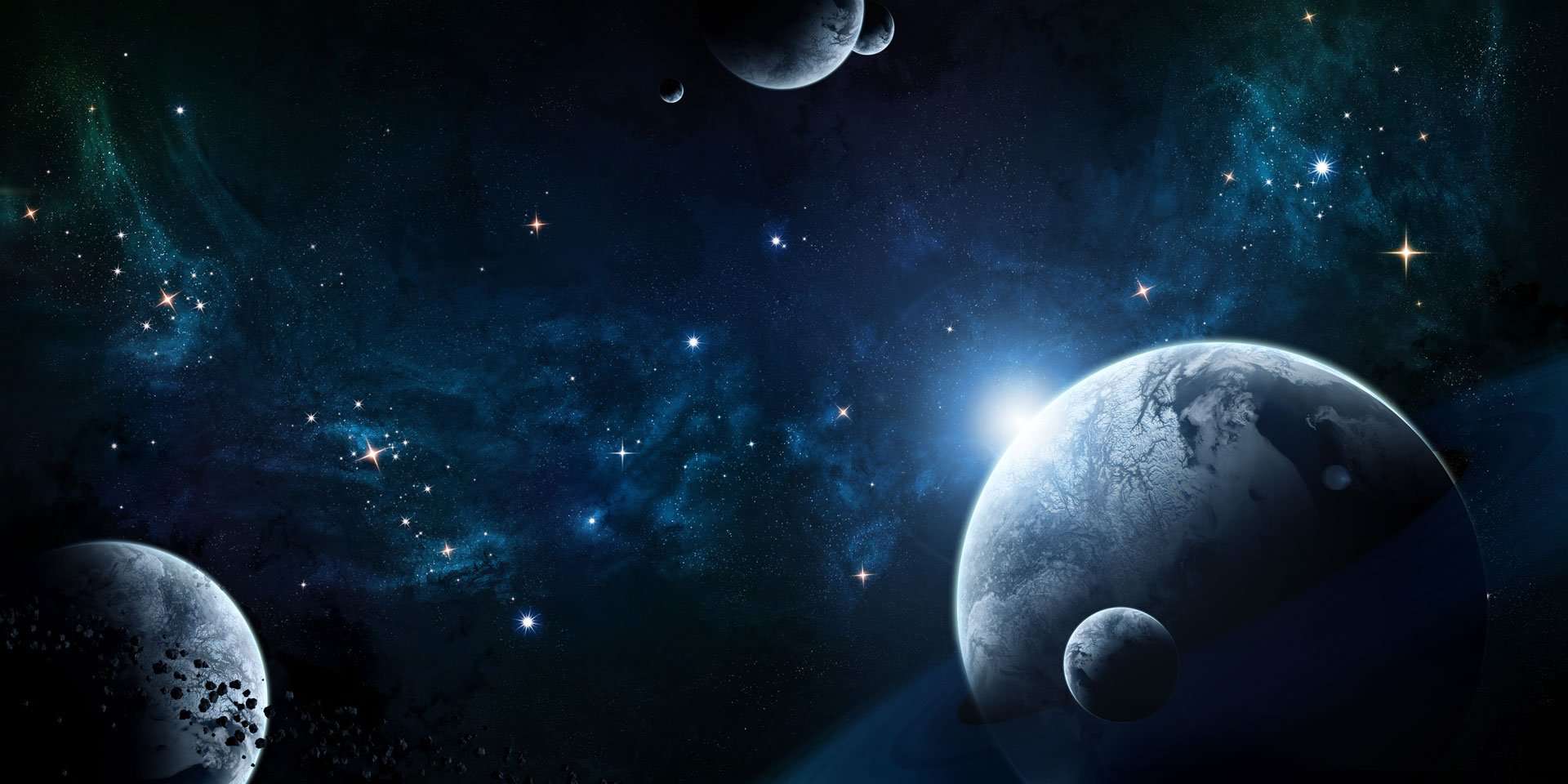


22 comments on “How to Composite Your Own Space Scene from Scratch”
This is excellent. Thank you for the tutorial, I learned a lot!
This was very useful. Thank you.
Will this work in PS 2021?
That's what I'm using and it's working good so far!
The most detailed tutorial that I saw. Great! Thank you!
Very nice and detailed tutorial with a nice looking image.
Thanks for sharing. ;-)
Really Awesome !!!
The best as usual!
Step 7 is fairly confusing, I followed the steps but when i try to remove excess stars it comes out white and looks horrible, confused as to what I should do.
That's only because you weren't coloring on a layer mask! Make sure that after you apply the layer mask, you click on the second thumbnail on the layer. After doing so, begin coloring in a black brush. Anything colored black on a layer mask will actually be erased. If you want to make the stars reappear, simply color it white.
Every great tutorial. I need some help on Step 25. After I delete the center of black area the rings, the effects also disappear too. I still can't figure out how to make the rings effects and without black area. Thank you.
Hi Dylan, Thank you very much for your letter! Try to create rings, select all the layers with rings right click on layers > Convert to Smart Object. Select a dark circle (Elliptical Marquee Tool (M)). Add a layer mask (Layer > Add Layer Mask > Hide Selection or hold Opt/Alt and click on "Add layer mask" icon). This should remove the black circle. Then convert the layer to Smart Object again and you're done. Also, this happens if you are working on a background layer.
If you have any more questions, feel free to ask them! And I will answer you.
This is a really great tutorial, thanks for this, Maria!
http://i.imgur.com/RjttyDI.jpg
This is how it turned out for me (for some reason, it's darker when posting online, looks better in PS)! As you can see, I tried to make a larger star/sun closer to the planets, as it's not realistic to have such shine from a nebula.
I'm not very happy with how the sun turned out, could you give me an idea on how to make a better sun? Thanks!
hey i ve created a pic via photoshop plz tell me howss it ??? plz plz plz reply soon
I am having problems with step 9: I keep clicking Ctrl and F for the "Difference clouds", but nothing seems to happen inside the nebula, apart for at little shift in the stars, and I have clicked ALOT of times!
Hi Tommy, It's strange, because everything should work. Are you exactly set “Color Dodge” blending mode for nebula layer? If the blending mode everything is fine, then try to apply filters through Filter > Last Filter or Filter > Render > Difference Clouds. Surely set the default colors (D on keyboard) before you apply a cloud filters. Repeat steps 8 - 9 for nebula on a new layer if the problem does not go away. Make sure that you have made a colored background, otherwise Nebula did not appear. Write to me if the problem is not solved.
Answer a survey to see the tutorial? Nope
Filling in a free and quick survey would have been much quicker than filling in this form to leave a comment and would help support the author of the tutorial who has given up their time to create this excellent walk through.
Exactly what i was looking for :) thanks
I'm very glad that you enjoyed it! I hope you will find a lot of useful information.
really a lot of useful information .. do u made this tut ?!
Thank you so much! Yes, I'm author of this tutorial and write it.
Here is my page https://www.facebook.com/MariaSemelevichPhotography?ref=bookmarks.
and I write to you from my a personal profile :)